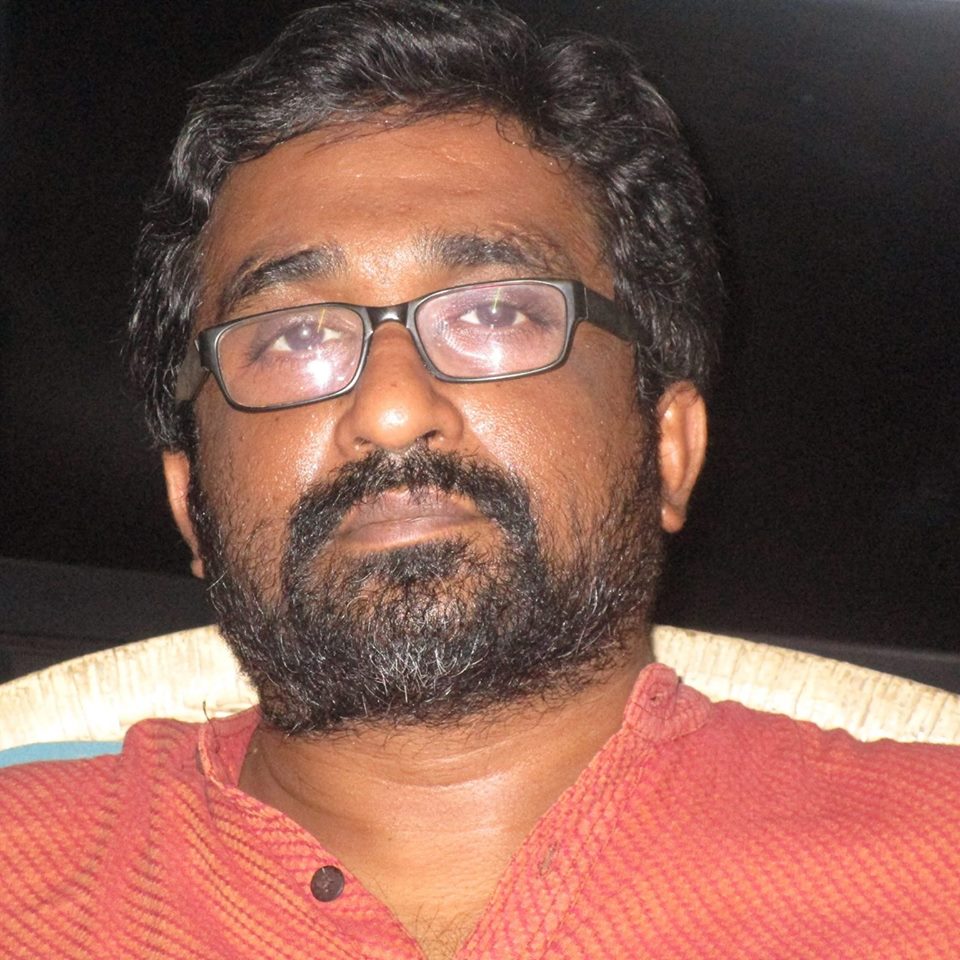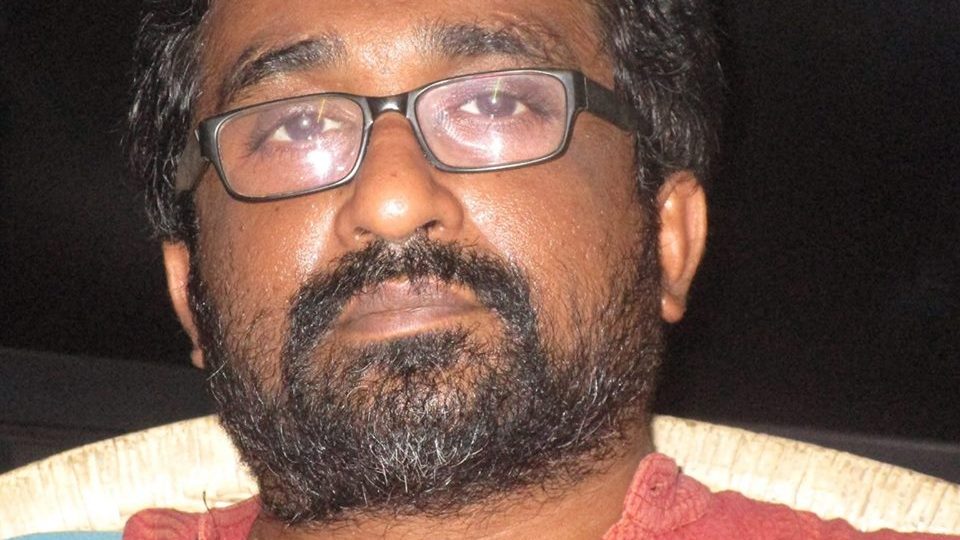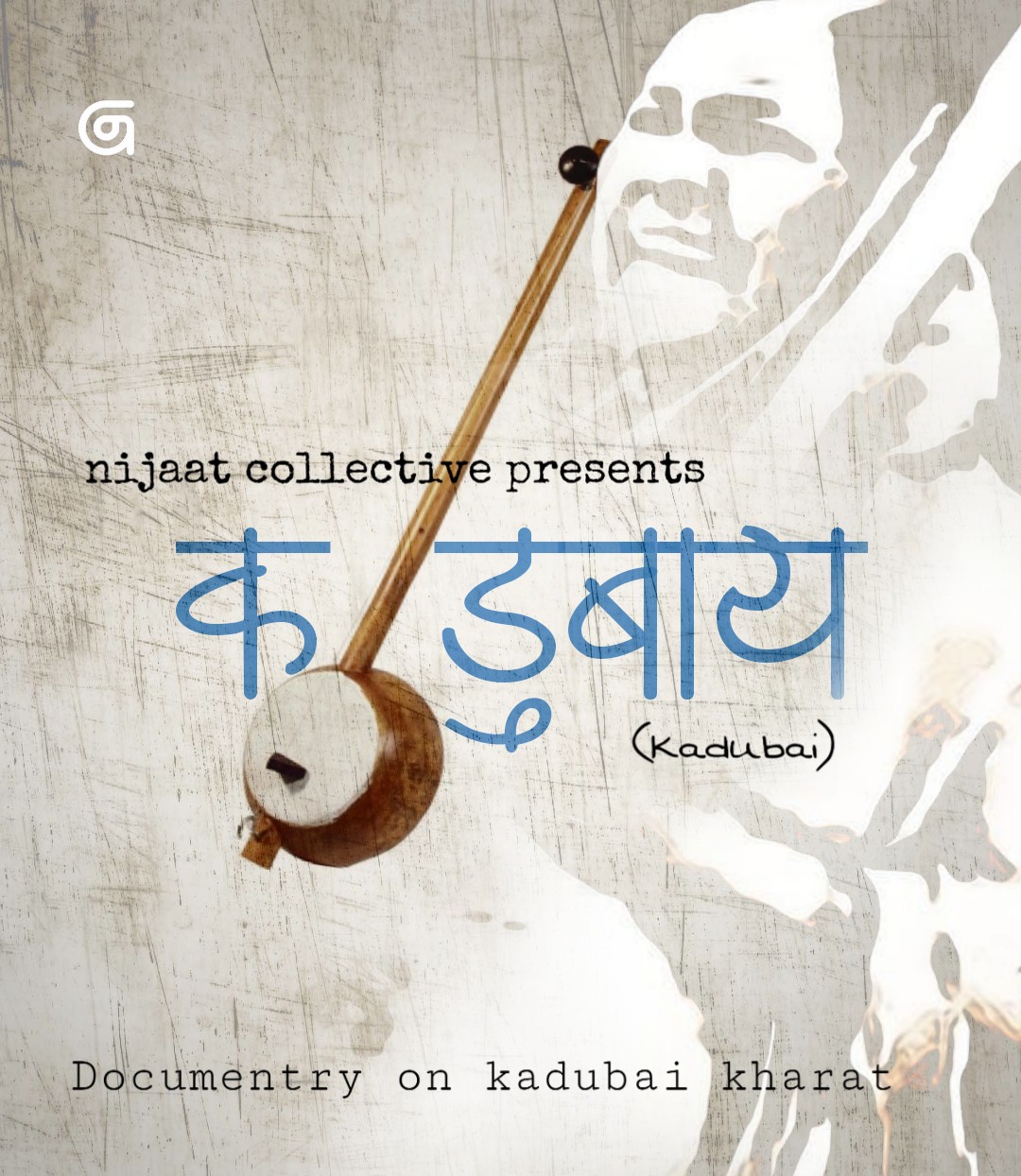Bobby Kunhu
 “… Without a sense of identity, there can be no real struggle…”
“… Without a sense of identity, there can be no real struggle…”
― Paulo Freire, Pedagogy of the Oppressed
Detractors and supporters alike would agree that Dilli Chalo was a unique model of resistance that had global impact despite an authoritarian regime within which it played out. What the resistance was facing can be borne out by the fact that the three farm bills that ignited the protests were passed and repealed by the parliament without a murmur of discussion. And prior to the farm bills, the government of India had successfully orchestrated demonetization that crippled the economy without even token protests and the protests over the controversial citizenship laws that would have a pan Indian socio-political consequence had been subverted successfully. The measure of success of this movement is the fact that it managed to make a government that has had a record of totally disregarding human rights to buckle to popular demands.
Given that the immediacy of the farmers’ protests – in terms of the repeal of the bills is done with, it is time to take a nuanced look and curate the history of the movement in all socio-political honesty. It would be naïve to believe that the solidarity for the protests outside Delhi was uniform and flat. (Not taking into account the state sponsored dummy opposition to Dilli Chalo). The beauty of the impact of Dilli Chalo lies in the very contradictions and hegemonic undercurrents that built the movement. It would also be important to remember that despite the success of Dilli Chalo – the problems that have plagued the agrarian communities of India continue unabated.
Two things that define the agrarian communities of India are hegemony (read caste) and diversity. Food and Agriculture Organization pegs 70% of India’s rural population as still being dependent on agriculture for their livelihood. However 82% of these farmers are small and marginal. This has to be read in the light of the fact that agriculture’s contribution to GDP has steadily declined from 1951 onwards despite India becoming self-sufficient in food production through this period. Translated this means that while India’s GDP and economy grew, farmers are becoming poorer.
More than econometric jargon, it is important to get a sociological perspective of agrarian communities in India to understand the state of both the agrarian economy as well as the context of the success of Dilli Chalo. According to the 1951 census, there were 27.2 million landless farmer across India, which has risen steadily to a whopping 144.3 million landless farmers while the number of landed farmers has grown from 69.9 million to 118.8 million between 1951 and 2017 according to the Ashok Dalwai Committee report, 2017 – which means that 55% of the total agricultural workforce is landless. Even among the landowning farmers, two thirds own less than one hectare according to the last Agricultural census conducted in 2014. Even if population growth is factored in, what is evident is that number of landowning farmers are dwindling.
In India, access to land ownership and its size is purely based on caste locations and this varies according to caste combinations of different regions. For instance, in Andhra and Telengana, Reddys and Kammas would be the dominant landholders, while it would be Vokkaligas and Lingayats in Karnataka, Marathas in Maharashtra, Gounders, Thevars etc. in Tamil Nadu and so on. But, the constant is that majority of the landless agricultural workforce are OBCs, Dalits and Adivasis – necessarily in that order. In other words, dominant castes own most of the land, while Bahujans remain the unaccounted agricultural workers and are also seasonal migrant workers who do non-agricultural work at less than market wages in non-agricultural seasons – essentially because of lack of ownership of land. Unfortunately, essentialist reading of the caste system as merely a question of touchability and violence related to it has resulted in lack of proper empirical studies on the fate of multiple landless Bahujan castes across India.
71% of Dalit agricultural workforce is landless and in states like Bihar, Haryana, Punjab, Andhra, Telangana, Tamil Nadu and Kerala nearly all Dalit farmers are agricultural labourers. (2011 Census) In most districts in India around 90% of the landless agriculture workforce is OBC, Dalit (or Adivasi). Most Dalits who own land possess less than two hectares of land. The reason is purely socio-historical. To quote B. R. Ambedkar;
“In an agricultural country, agriculture can be the main source of living. But this source of earning a living is generally not open to the Untouchables. This is so for a variety of reasons. In the first place purchase of land is beyond their means. Secondly, even if an Untouchable has the money to purchase land he has no opportunity to do so. In most parts, the Hindus would resent an Untouchable coming forward to purchase land and thereby trying to become the equal of the Touchable class of Hindus. Such an act of daring on the part of an Untouchable would not only be frowned upon but might easily invite punishment. In some parts, they are disabled by law from purchasing land. For instance, in the Province of Punjab there is a law called the Land Alienation Act. This law specifies the communities which can purchase land and the Untouchables are excluded from the list. The result is that in most part the Untouchables are forced to be landless labourers. (BAWS, Vol. 5, p.23)”
Access to land and caste based agrarian relations till date remains one of the main reasons for overt caste violence in India.
What this means is that the agricultural community is deeply and complexly hegemonized across India varying from region to region. Another factor that deepens this hegemony is the geography and kind of crops that can be grown and the method of cultivation in any given region. In other words rice, wheat, sugarcane, coffee or tea will have different agricultural labour relation mired in both the mode of cultivation and caste.
Before, during and after Dilli Chalo, agricultural livelihood remains unsustainable with an average all India monthly household income of INR 10,000. Farmers remain debt ridden with average household debt equivalent to 60% of their annual income. In real terms, according to the National Sample Survey, the annual income of a farm household was INR 123,000, while the average debt was INR 74,100 between July 2018 and June 2019. It needs to be borne in mind that this is the average and includes the incomes of large landowners and marginal farmers. In 2019 alone, around 10,281 farmers committed suicide. The numbers could have only increased with the Covid pandemic. Further, financial and economic sops and reliefs offered to farmers by the Union government and most state governments are meant only for the landed agricultural workers, leaving 55% of the agrarian populace in the lurch. In other words, the agrarian crisis continues to loom large.
So, despite all other factors that economic and developmental jargon may put forward, common-sense dictatesthat the reasons for the agrarian crisis in India is the meeting of a caste driven production system with non-grounded modernity. It has to be remembered that India has 1098 people per square mile – ranked 29th in terms of density of population – competing for scarce arable land scrambling within caste hegemony.
Dr.Ambedkar foresaw this crisis and was a vocal votary for (collectivisation of agriculture) distribution of land to Dalits;
“I personally feel no doubt that the most important thing on which Government ought to concentrate is the giving of land to the Scheduled Castes. They must be settled on land so that they might obtain independent means of livelihood, cease to be afraid of anybody, walk with their heads erect and live fearlessly and courageously. (BAWS, Vol. 15, p. 913)”
The only two states in India that had a semblance of land reforms were Kerala and Jammu and Kashmir. While in Kerala, land reforms did impact overall human development, it excluded most Dalits and Adivasis. In the case of the former, it was because land reforms targeted provision of excess lands to agricultural land to tenants within the peculiar land relation in Kerala – leaving out many Dalits living outside agricultural landholdings – now being settled in the disparagingly called “colonies”. While with respect to the latter, it was a legislative mischief that excluded plantations from land ceiling. Most plantations in Kerala are in Adivasi belts and Adivasis have had a complicated relationship with the plantation economy and orientalist savarna anthropology located them outside this economy, while Adivasis themselves have become minorities in their traditional bastions. Interestingly most plantation owners are savarna or corporations. This is the reason that most of the important land struggle sites in Kerala are located in the Adivasi belt.
The beauty of Dilli Chalo was in that, it happened overcoming all these hegemonies – unconditionally – with collective leadership – questions regarding their locations notwithstanding – and it happened in a sustained, organized, focussed and non-violent manner. And in that manner, it managed to position itself to shake one of the most obstinate regimes that India has ever seen. It becomes imperative to capture the energy of the movement engaging with all of its contradictions in an open space that will bolster a democracy where the last person is included. Wyanad, being a microcosm of the contradictions, crises and hegemonies that face Indian agrarian communities – the Kerala chapter of Dilli Chalo – proposes to dedicate 40 cents of land at Kurchermala in Pozhuthana Panchayat, Vythiri Taluk, Wyanad District, on the 23rd of December, 2021, being the World Farmer’s Day as a repository of authentic data, documents, artand artefacts produced through the course of the Dilli Chalo protest as well as their memories, intangible anguish, voices and struggles of the Indian agricultural communities and memories, highlighting the representation of Protest spaces, through display of recreated models of the ephemeral structures that werebuilt at protest sites, spatial navigations and mappings of reclaimed public spaces for protest. The space would also facilitate a space for remembrance; for all the lives lost at protest sites and in all the rural areas as part of the movement through music and songs that kept the farmers movement alive.
“Where there is power, there is resistance.”― Michel Foucault, The History of Sexuality, Volume 1: An Introduction
~~~
Bobby Kunhu is a lawyer, researcher and writer.










